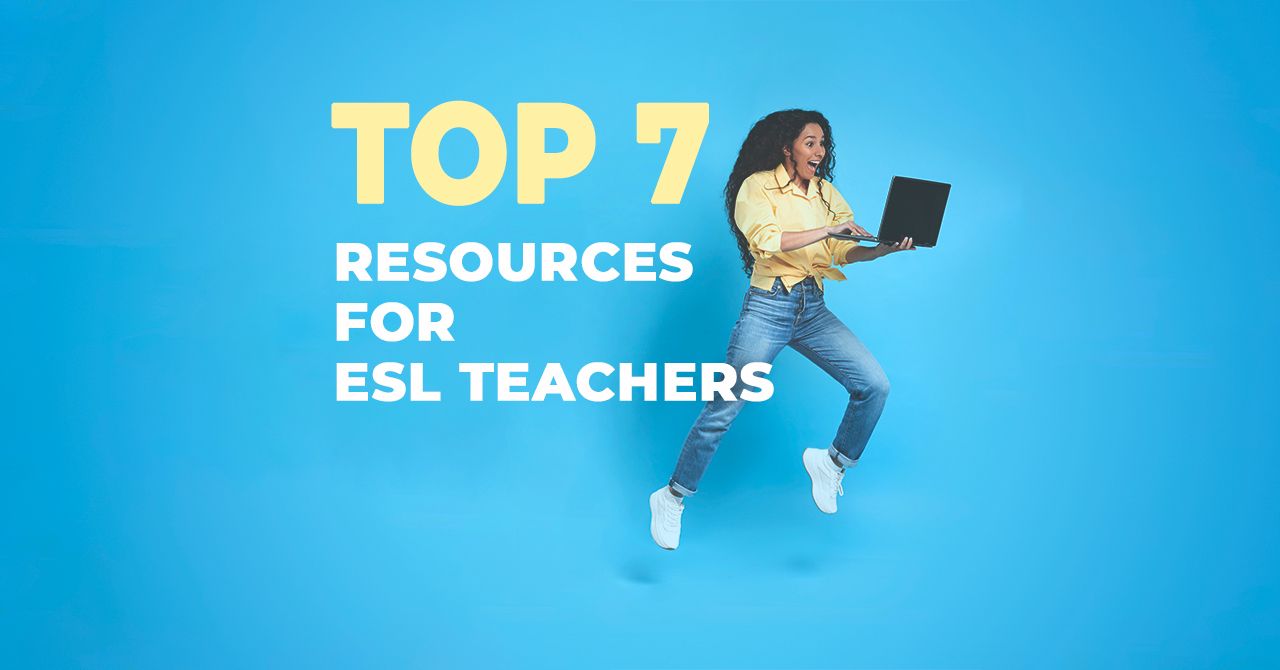
How to Encourage and Manage Toddlers in Your ESL Class

Get a FREE guide!
Want to sound like a native English speaker?
Get our free PDF with top tips that work.

Check your email!
These days, it’s not new for ESL teachers to have classes with very young children. I even used to have a 2-year-old student. Though some kids are quite advanced, it’s inevitable to meet beginners. Some parents are very ambitious to enroll their kids even if they can’t fluently speak their mother tongue. This turns online teachers into babysitters. Sure enough, it could drain your energy. So, what can you do to handle such students? In this article, I will give examples based on my experiences.
1. Play Games
Toddlers learn best at playtime. Since most kids’ attention span isn’t long enough, we need to encourage them from time to time. You can play games with your student based on what they can do. The challenge is to think of something that they will like and enjoy. You can also think of something that you can easily relate to the lesson. Integrate mini-games into your sessions, so your students will think you are just playing together.
2. Sing Songs
Music is very stimulating, so you can sing a song before starting your lesson and between exercises. There are many simple songs you can choose from that allows you to transition easily to your subject matter. For instance, you can sing “Five Little Monkeys” or “Ten Little Indians” before teaching about numbers or counting.
3. Be an Actor
The biggest challenge when the student is very young is to make the class fun. Since kids get bored easily, teachers might need to be someone else in class to stimulate the student’s imagination and participation. You aren’t just a teacher all the time. Sometimes, you are an animal, a clown, or a monster. You may change your voice when reading a story and even let your student join you by having a role play. One time my student didn’t want to read because he said he was the teacher, and I was the student. So, I pretended to be the student and told him, “Teacher, I don’t know how to read this.” He started reading everything after that without complaining. The trick worked!
4. Give Reinforcement
It’s already known to us that we should praise our student’s good performance in class. We can use a variety of expressions to let them know they are doing a good job. But reinforcement can’t always be positive. When students misbehave, we might need negative reinforcement to get them to do the activities. Negative reinforcement is the removal of any stimulus that could cause any undesirable behavior, thus, producing a good outcome. In my previous company, we used a class tool where the children could write something on the book or the board. Sometimes, this is distracting for them, and they would just keep on scribbling instead of listening to the teacher. So, I would close the student’s pen secretly at the beginning of the session and only opens it when necessary. Doing so is an example of negative reinforcement because it makes the student listen attentively.
These are my personal preferences, and I can’t say they are always effective. Many things can happen in the class; therefore, we use different strategies for diverse learners. Teachers have different teaching styles and use different methods. What techniques do you use in your classes?
















